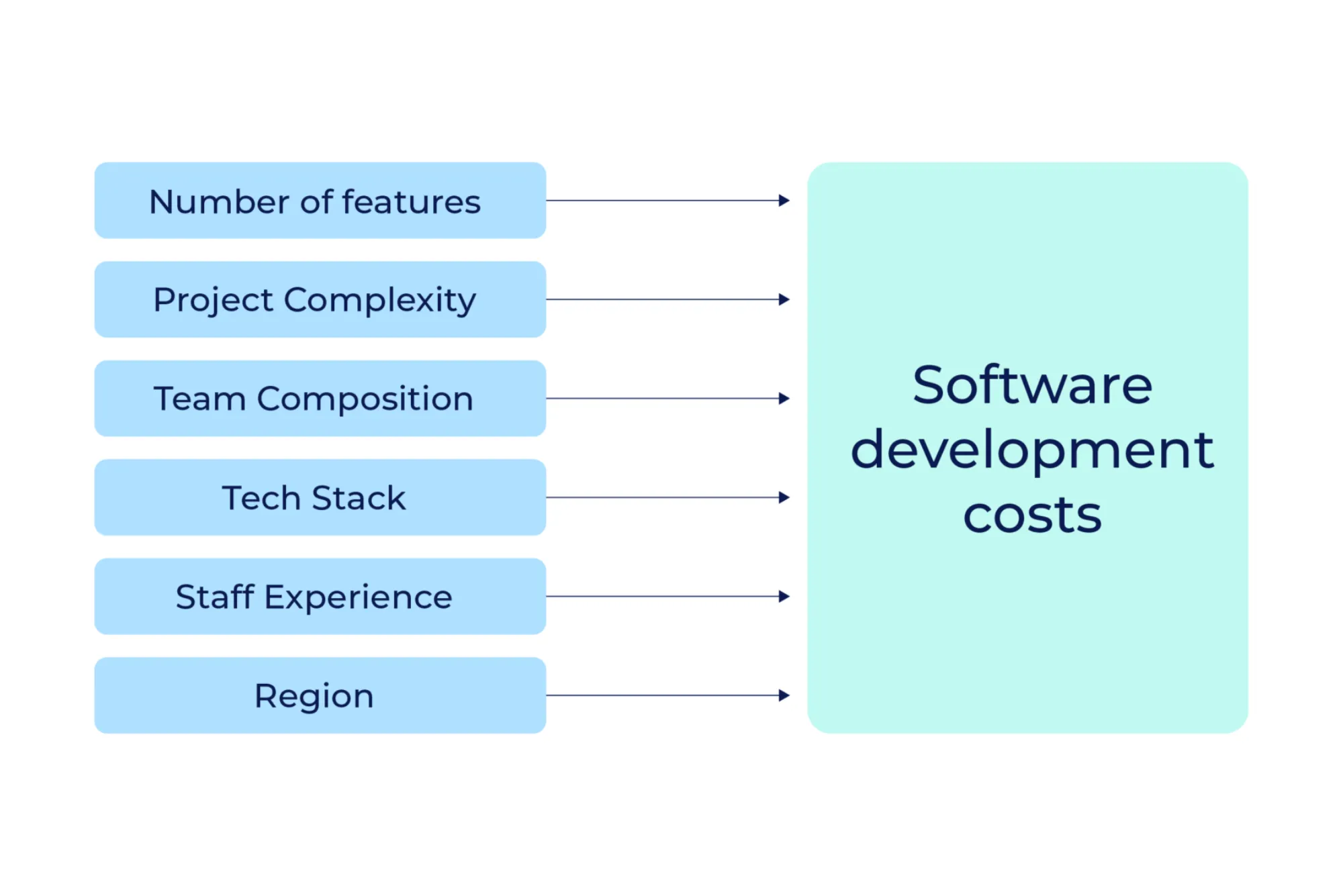Capitalizing software development costs can be a complex but crucial process for businesses aiming to manage their finances accurately. By capitalizing these costs, companies can match the expenses with the revenues generated over time, offering a clearer picture of financial health and performance. This comprehensive guide will delve into the steps required to capitalize software development costs, the benefits of doing so, and essential considerations to keep in mind.
Understanding Capitalization of Software Development Costs
Capitalizing software development costs involves recording these expenses as an asset on the balance sheet instead of expensing them immediately. This method spreads the costs over the software’s useful life, aligning expenses with the revenue generated by the software. This practice is aligned with the matching principle in accounting, which dictates that expenses should be recognized in the same period as the revenues they help to generate.
Identifying Capitalizable Costs
Not all software development costs can be capitalized. According to accounting standards like GAAP (Generally Accepted Accounting Principles) and IFRS (International Financial Reporting Standards), only certain costs incurred during the application development stage are eligible for capitalization. These costs typically include:
Direct Labor Costs: Salaries and wages of employees directly involved in the software development process.
Direct Costs of Materials and Services: Expenses for materials and services used specifically for the development project.
Costs of Third-Party Developers or Contractors: Fees paid to external developers or contractors working on the project.
Interest Costs: Interest costs directly associated with the financing of the software development project.
Phases of Software Development and Capitalization
The process of capitalizing software development costs is divided into distinct phases, each with its own guidelines for cost treatment.

Preliminary Project Stage
During this initial stage, costs are generally expensed as incurred. Activities in this phase include conceptual formulation, evaluation of alternatives, and determination of technology needed. Typical activities are:
- Feasibility studies
- Requirements analysis
- Planning
Application Development Stage
In this stage, direct costs associated with the development of the software are capitalized. This includes coding, testing, and implementation. The capitalization of costs begins when:
The preliminary project stage is complete.
Management authorizes and commits to funding the software project.
It is probable that the project will be completed, and the software will be used as intended.
Activities that typically occur during the application development stage include:
Detailed design of the software configuration
Coding and testing at the module level
Integration and testing of the completed software product
Post-Implementation/Operation Stage
Once the software is ready for its intended use, costs incurred are expensed. This includes training, maintenance, and routine updates. Examples of costs in this stage are:
Training end-users
Maintenance and support services
Minor upgrades and bug fixes
Amortizing Capitalized Costs
After the software is ready for use, the capitalized costs should be amortized over the software’s useful life. Amortization is typically done on a straight-line basis, meaning the cost is evenly spread over the expected life of the software. The useful life of software can vary but is often estimated to be between 3 to 5 years.
Benefits of Capitalizing Software Development Costs
Capitalizing software development costs offers several benefits to companies, including:
Improved Financial Ratios: By capitalizing costs, companies can spread the expense over several years, improving short-term profit margins and return on assets.
Better Matching Principle Adherence: Capitalizing costs ensures that expenses are matched with the revenues they generate, providing a more accurate reflection of financial performance.
Enhanced Asset Management: Capitalized software development costs appear as assets on the balance sheet, providing a clearer view of the company’s investments in technology and innovation.
Key Considerations
When deciding to capitalize software development costs, companies must consider several factors to ensure compliance and accuracy:
Compliance with Accounting Standards
Ensure that the capitalization of software development costs complies with relevant accounting standards such as GAAP or IFRS. These standards provide specific guidelines on what costs can be capitalized and the appropriate timing for capitalization.
Accurate Tracking and Documentation
Maintaining detailed records of all costs associated with the software development project is crucial. This includes:
Time logs for employees working on the project
Invoices from third-party developers or contractors
Detailed records of materials and services purchased
Regular Review and Adjustments
Periodically review the capitalized costs and make necessary adjustments to reflect changes in the project’s scope or the software’s useful life. This may involve re-evaluating the estimated useful life of the software or identifying additional capitalizable costs as the project progresses.
Internal Controls and Audits
Implement strong internal controls to ensure the accurate capitalization of software development costs. This includes regular audits and reviews by internal or external auditors to verify compliance with accounting standards and company policies.
Common Challenges in Capitalizing Software Development Costs
Capitalizing software development costs can present several challenges, including:
Determining the Useful Life of the Software: Estimating the useful life of software can be difficult, especially in rapidly changing technology environments.
Tracking Eligible Costs: Differentiating between capitalizable and non-capitalizable costs requires detailed tracking and documentation.
Compliance with Multiple Standards: Companies operating in multiple jurisdictions may need to comply with different accounting standards, adding complexity to the capitalization process.
Capitalizing software development costs is a critical aspect of financial management for companies investing in software development. By understanding the phases of software development, identifying capitalizable costs, and following proper accounting practices, businesses can effectively manage their software development investments. This approach not only improves financial reporting but also provides a clearer picture of the company’s long-term investments and financial health.
By adhering to the guidelines outlined in this comprehensive guide, businesses can ensure that their software development costs are capitalized accurately and compliantly, paving the way for better financial management and strategic decision-making.

